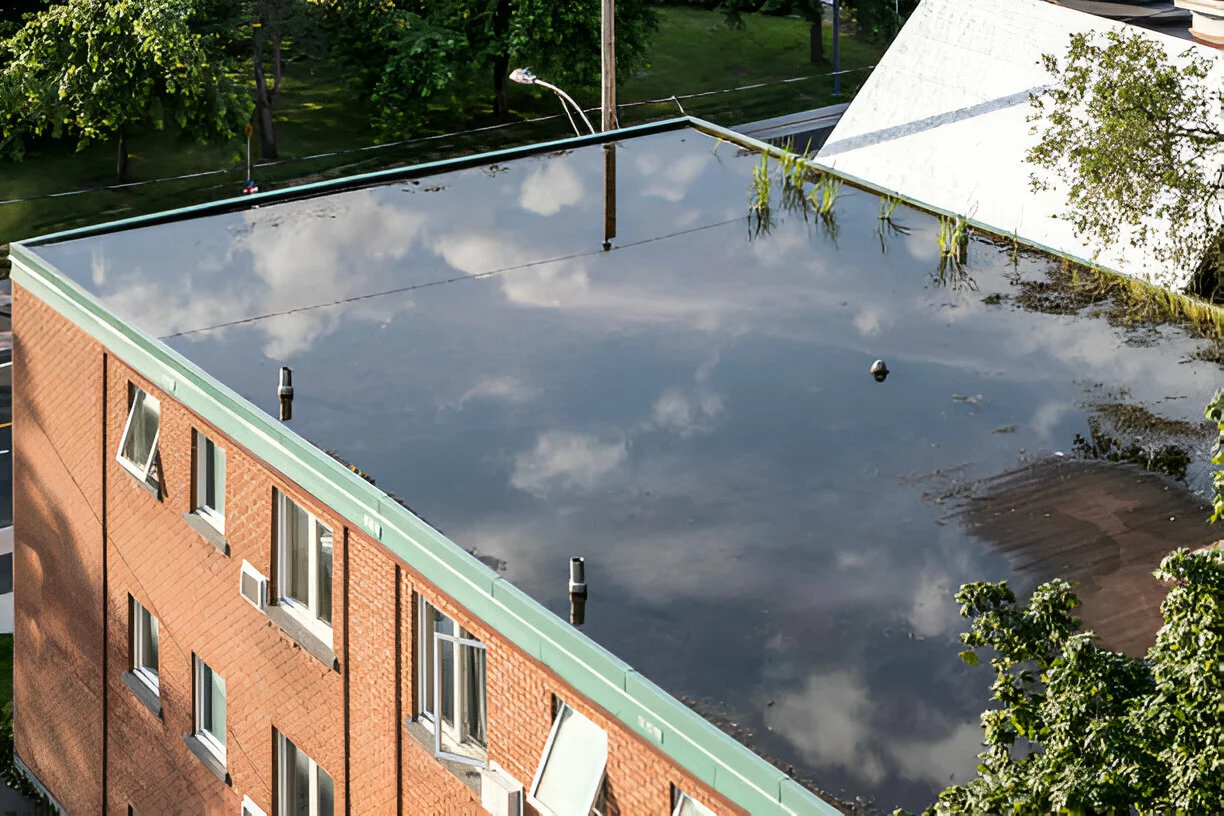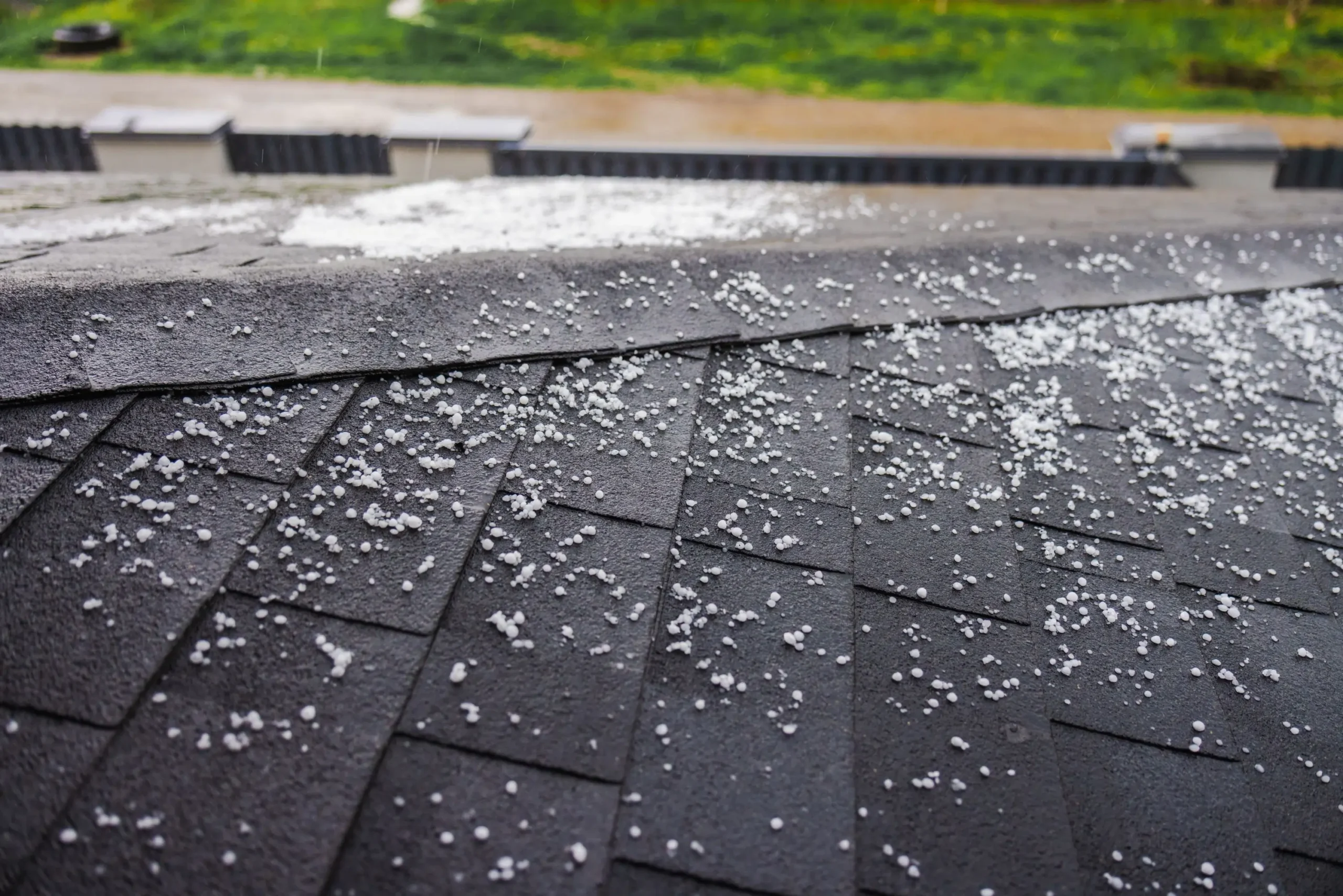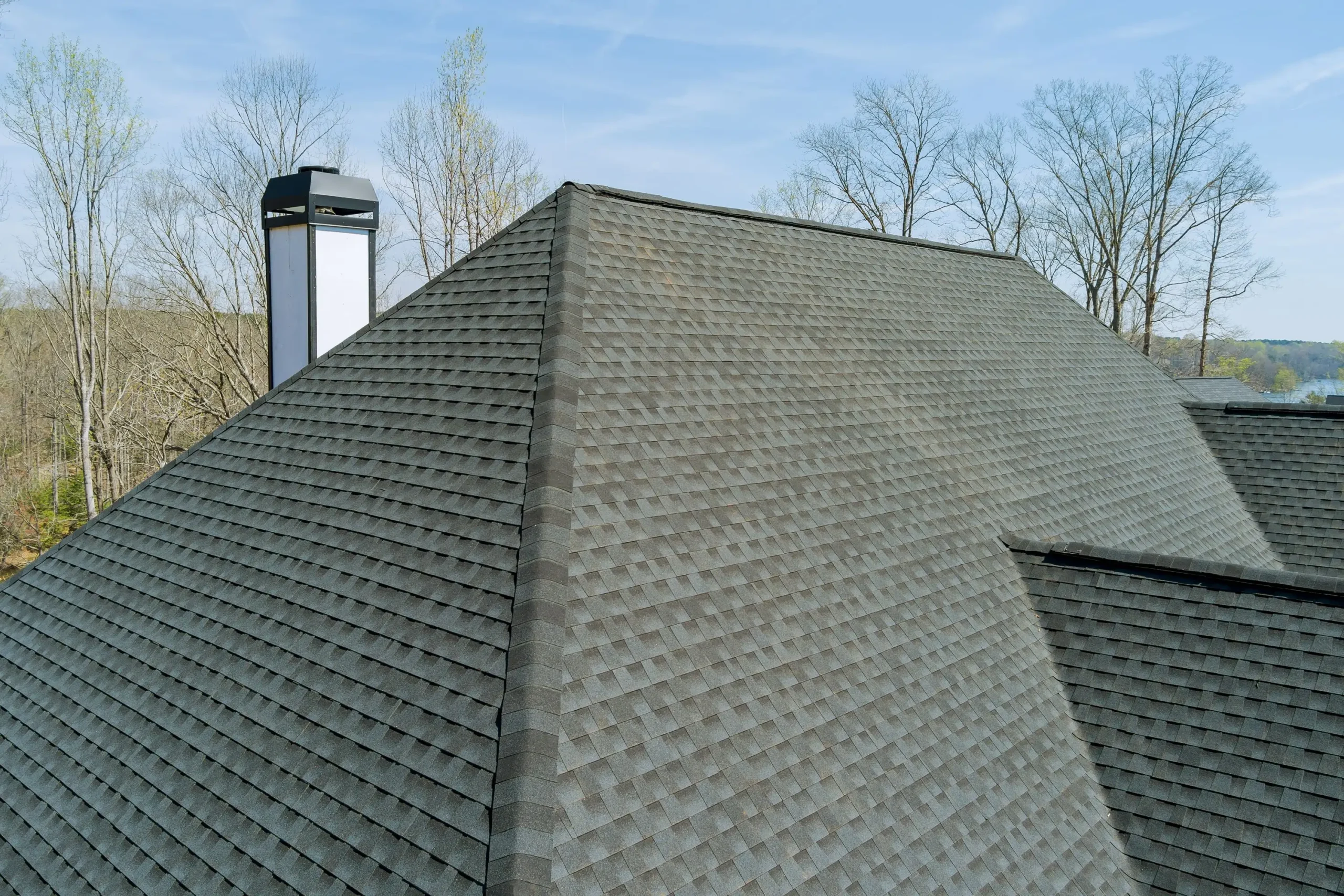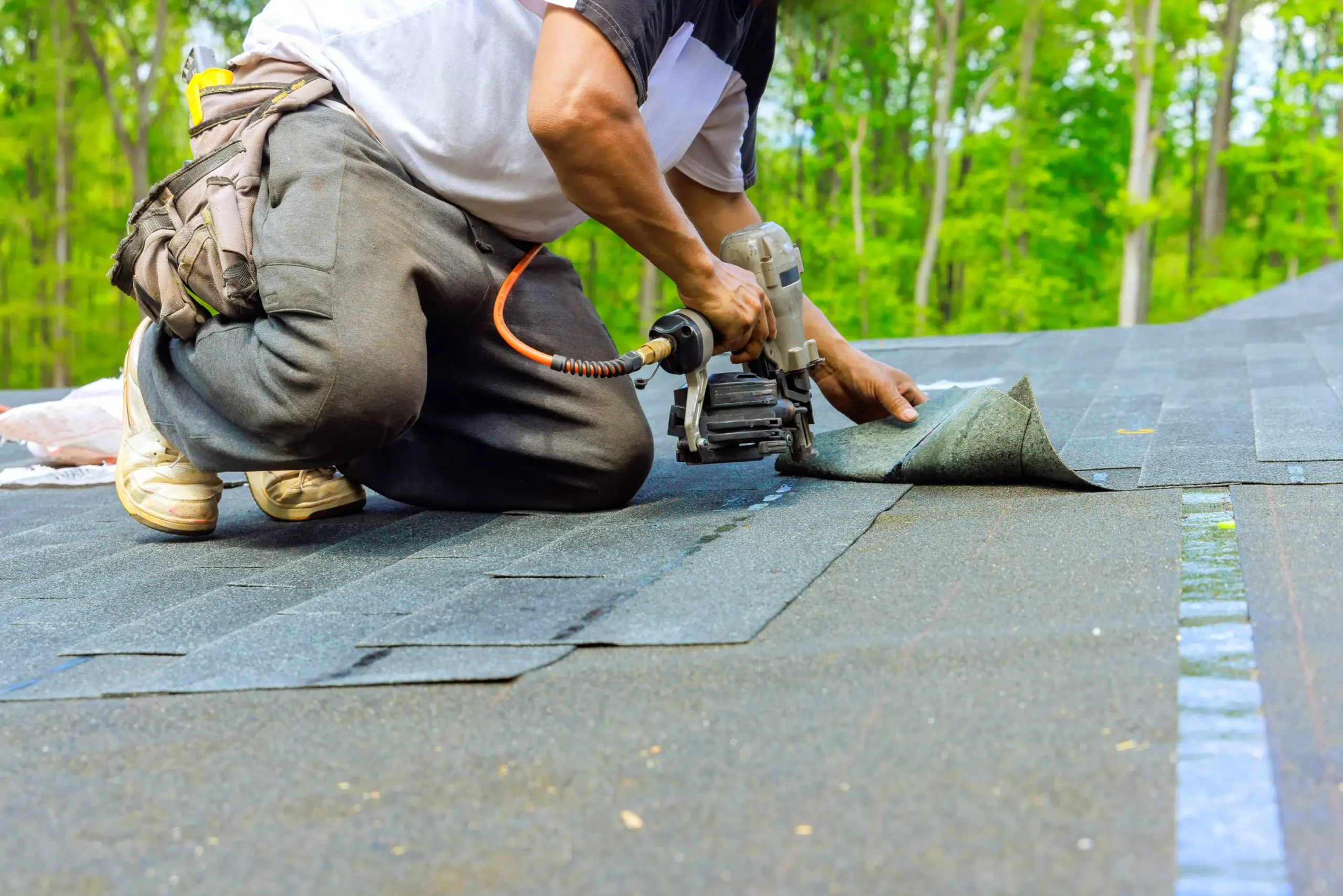Blisters on a flat roof consist of raised bubbles or pockets that occur between
roofing material layers. They may appear small at first but grow and lead to
extensive roof damage with time. These blisters compromise the strength
of your roof and can result in leaks if left alone. Let us discuss the causes and
what you can do to safeguard your flat roof.
Trapped Moisture
Trapped moisture is one of the most prevalent reasons for blisters. Moisture
trapped in between roofing layers when it is being installed cannot escape.
Sunlight heats this moisture and converts it to vapour. Vapour is what
pushes the layers away from each other and creates blisters. Left unchecked,
the blisters tend to burst open and allow water to enter.
Poor Installation
Blisters also develop in cases where the roof wasn’t installed properly. If
adhesives are improperly used or materials aren’t well sealed, air can become
trapped between layers. As time goes by, this air gets larger and becomes
a blister. That’s why it’s essential to seek the services of experienced and
qualified flat roof contractors for long-term protection.

Effect of Ponding Water on Blister Development
Ponding water where water collects and doesn’t run off your flat roof can
exacerbate blistering. When water lingers for so long, it stresses the roofing
materials. The continuous weight and moisture penetrate tiny flaws in the
roof, holding more water and air under the surface. This forms more blisters,
accelerates decay, and heightens the risk of leaks. Properly clearing your
drains and maintaining proper slopes can assist in minimizing ponding
water and preventing blisters from occurring.
The Function of Temperature Changes
Flat roofs experience intense temperature fluctuations, particularly in cities
such as Calgary where summers are warm and winters are cold. The sun
warms the roof during the day, which expands the existing trapped air or
moisture. At night, the roof contracts and cools. This daily expansion and
contraction cycle strains the roofing materials and exacerbates any blisters
present or even forms new ones. A coating that protects the roof from harsh
weather can minimize the impact of these temperature fluctuations.
When Should You Call a Roofer regarding Blisters?
Not every blister requires emergency repair, but it’s challenging to decide
which ones would lead to leaks. If you can see blisters enlarging, cracking,
or water seeping into your house or building, it’s time to call a roofer. A
professional roofer can examine the damage, safely cut or fix blistered areas,
and treat the areas to prevent new blisters from occurring. Acting promptly
keeps you from paying expensive repair bills and helps maintain the life of
your flat roof.
Heat and Sun Exposure
Flat roofs receive direct sun throughout the day. The sun’s heat makes any air
or moisture that is trapped in the roofing layers expand and exert pressure
on the layers. This tends to form blisters, particularly in warm climates or
summers. The constant heating and cooling loosens the roof over time.
Ageing Roofing Materials
Flat roofs deteriorate over time, and materials weaken. Old or worn-out roofing
membranes tend to form blisters. This is because materials become brittle
and crumble easily, allowing air and moisture in. These problems can
be detected early with regular checking.
Poor Roof Ventilation
Heat and moisture can accumulate under your flat roof if well-ventilated.
The latent moisture later forms blisters as it seeks to escape. Proper attic or
roof ventilation can avoid moisture accumulation and save your roof from
blisters and damage.
How to Prevent Blisters on a Flat Roof
Blisters can be avoided through proper fitting and routine roof maintenance.
Use competent roofers who install high-quality materials and seal layers
accurately. Organize annual checks, maintain drainage holes, and scrape away
debris to allow the free flow of water off your roof.
Final Thoughts
Blisters are a sign your flat roof may be at risk of leaks or other damage.
If you see blisters forming, act fast. Getting professional help now can save
you from costly repairs later. A well-maintained flat roof can last many years
without trouble.
Call to Action
Need help with roof blisters? Contact Straight Path Construction today for a
thorough flat roof inspection and expert repairs. Let us help protect your property!



